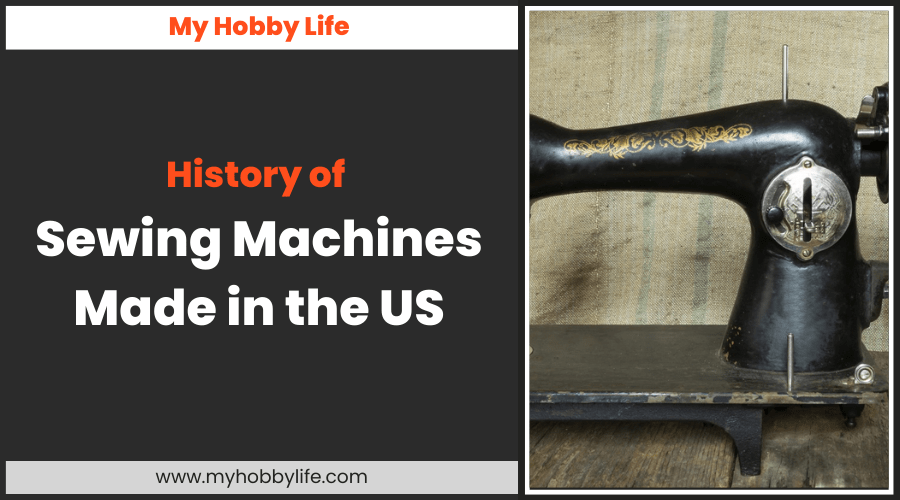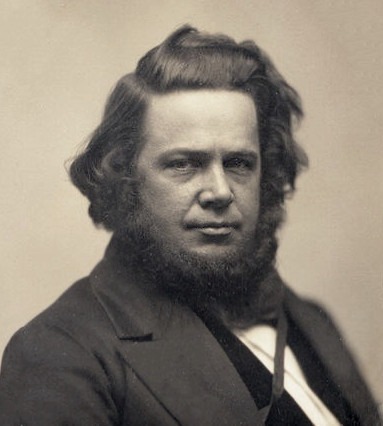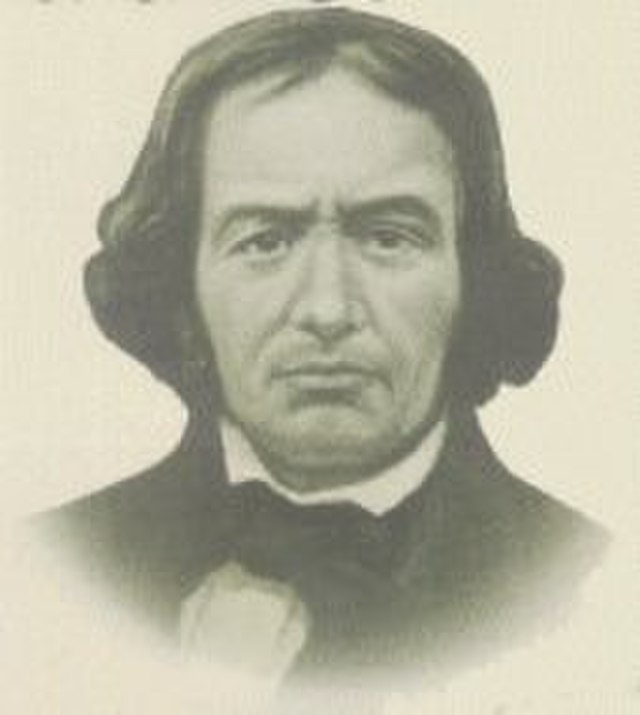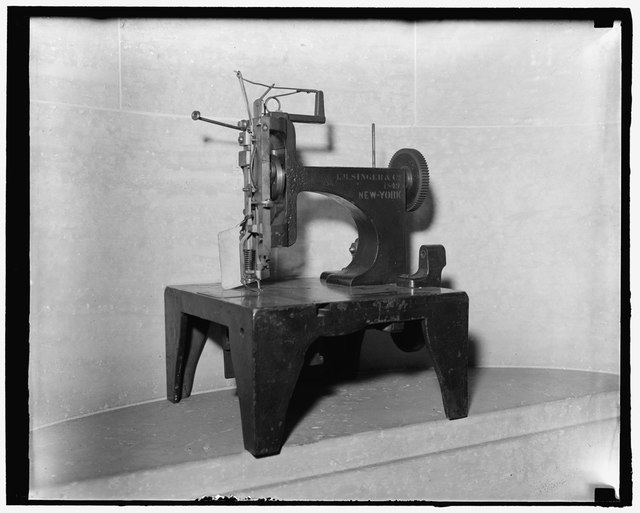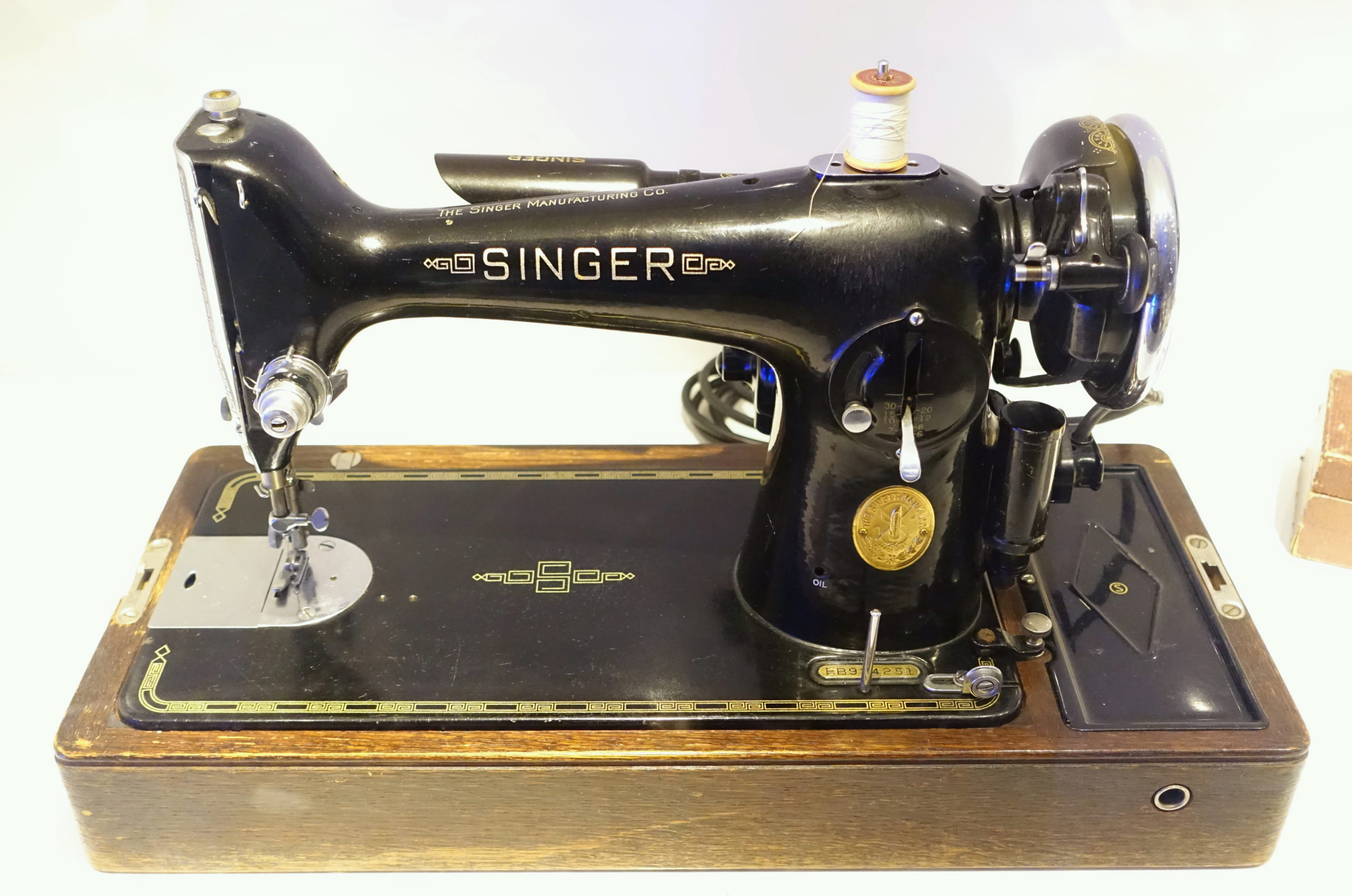Sewing – the art of attaching or hooking objects with the help of stitches with thread and needle – is one of the oldest of the textile arts. It has existed since the Paleolithic era.
Let’s explore the history of sewing and the sewing machine, focusing on the early developments of the device in Europe and particularly in America.
A brief history of sewing
Archaeologists suggest that before the invention of weaving fabric or spinning yarn, Stone Age-era people across Asia and Europe sewed their skin clothing and fur using bone, ivory, or antler needles. The thread they used for their clothing was usually made of several parts of the animal body, including veins, tendons, and catgut.
Iron needles were invented in the 14th century. In the following 15th century, the first eyed needles emerged.
For thousands of years, this craft was done by hand. Haute fashion, high-quality tailoring, and custom dressmaking are the characteristics of fine hand sewing. Hobbyists and textile artists pursued it as a means of creative expression.
A summary of the sewing machine’s history
According to several historical sources, the world’s first sewing machine was invented in the 19th century to sew materials together using thread. The purpose was to lessen the time and effort of laboring in sewing work executed in clothing corporations.
Englishman Thomas Saint and American Elias Howe are widely considered inventors of the first working sewing machine in the late 18th century. It significantly enhanced the productivity and efficiency of clothing manufacturing.
Home sewing machines are designed for a single person to stitch individual items. But now, the stitching process has been motorized in modern sewing machines, making the fabric slide effortlessly in and out of the tool. With motorized and electronic sewing machines, you don’t need other sewing accessories such as needles or thimbles.
All machines were run by a treadle mechanism or turning a handle persistently. Centuries later, electronically powered sewing machines were introduced. Compared to sewing machines for home use, industrial sewing machines are significantly faster, produce more end products, and are diverse in appearance, size, task, and cost.
Who invented the sewing machine?
The question of who really is the first inventor of sewing machine remains a topic of contention among historians who specialize in early eras. History started in 1755 in London, where a German immigrant named Charles Wiesenthal took out a license for a needle to be applied for mechanical stitching.
Thirty-four years later, an Englishman named Thomas Saint designed what is widely believed to be the first actual sewing machine. The development of the sewing machine continued; this time, it was in Germany where Balthasar Krems designed a device for stitching caps around 1810. But no accurate dates can be given for the model that Krems developed.
An Austrian tailor named Josef Madersperger manufactured a series of sewing machines and received a patent in 1814. In 1839, he was still working on his sewing machine but failed to put together all the elements in one machine.
Meanwhile, in France, the government granted a patent to a tailor named Barthelemy Thimonnier (pictured) in 1830. He used a hooked or barbed needle (made of wood) to produce a chain stitch. He originally constructed the machine for embroidery, but he later saw its potential as a sewing machine.
Thimonnier persuaded the government by telling them about the convenience of his invention – other inventors before him failed to do so. He obtained the contract to construct a set of machines and used them for stitching the uniforms for the French army.
In about ten years, Thimonnier headed a factory with 80 sewing machines. But he ran into trouble with Parisian tailors who feared that the success of his invention would take overhand sewing and could put them out of business.
And so, the tailors stormed Thimonnier’s factory and destroyed every machine. After some time, he began the production of sewing machines again with his new business partner. Thimonnier made many improvements to his invention and went into full-scale production. However, the same tailors attacked again.
The early history of the sewing machine in America
The first original claim to fame in America came in 1818 when a Vermont churchman named John Adams Dodge and his partner John Knowles built a device that could only stitch a little length of material. After every little sewing, the machine required re-adjusting and resetting, which was pretty burdensome.
In 1833, a Quaker named Walter Hunt designed his own sewing machine. Unlike the earlier sewing machines, Hunt’s invention did not attempt to recreate hand sewing. Instead, Hunt’s sewing machine used two spindles of thread integrated with an eye-pointed needle to make a lock stitch. However, his invention failed as it could only form seams, shorts, and straight.
Nine years later, a Boston, Massachusetts-born scientist and inventor named John Greenough developed a working sewing machine in which the needle proceeded entirely through the fabric. He was granted a patent for his invention.
In 1844, an Englishman named John Fisher devised a sewing machine meant for lace production with all of the vitals of the modern sewing machine coming together. But unfortunately, due to a botched filing at the Patent Office, Fisher’s invention was overlooked during the prolonged legal battle between Howe and another inventor, Isaac Merritt Singer. The government eventually declared that Howe, an engineer from Massachusetts, invented the sewing machine. In 1844, Howe finished his prototype.
A year later, Howe tried to interest the tailoring trade in his development. He even entered competitions with his sewing machine and won. But the world was not yet prepared for mechanized sewing. He did not make a single sale following months of demonstration.
Howe sent his brother Amasa to England, hoping that he would make a sale on the other side of the Atlantic. Amasa was able to find one sponsor, William Thomas, who eventually bought the rights to the invention and arranged to bring Elias to London to develop and design the sewing machines.
However, both parties could not work together and ended up accusing one another for failing to honor the agreement. As a result, Elias Howe returned to America. When he arrived home, he discovered that the sewing machine had attracted some attention. Several producers, including Singer, were busy building sewing machines. And all of these machines breached Howe’s patents.
As you would expect, a legal battle ensued between Howe and Singer, which dragged on. Finally, it ended up in a settlement when several companies, including Grover & Baker and Wheeler & Wilson, pooled their patents and united to save their ownerships.
While Singer did not make any significant improvements or advancements to the sewing machine, he did introduce aggressive pioneer marketing strategies and a hire-purchase system. Both Singer and Howe became very wealthy through consistency and hard work.
Final words
The early history of the sewing machine was littered with several failed attempts to perfect the device, accusations, and lawsuits. It’s hard to imagine an object now considered commonplace had an interesting and colorful history behind it. But the sewing machine did ruffle some feathers (and even attract violence and scandal) in its early development.
